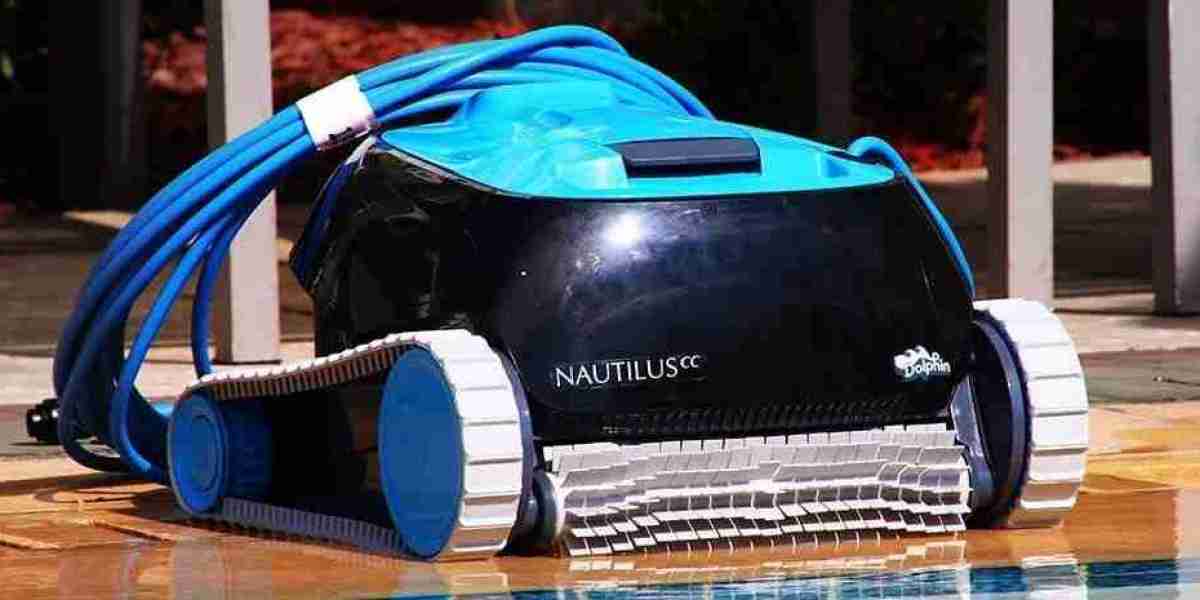Robotic pool cleaners have made keeping a clean swimming pool easier than ever. Unlike suction or pressure side pool cleaners, robotic cleaners use internal filters to collect debris as they move around the pool. However, these filters can get clogged with dirt and grime, which can cause your robot to stop moving or even break down altogether. Fortunately, there are some simple troubleshooting tips you can follow to fix your robotic pool cleaner and get it back up and running.
A good tip is to start with the user manual for your robot. The manufacturer will typically include error codes and fault indicators within the manual, which can help you pinpoint the problem and find a quick resolution. A common issue is when the robot fails to move across the pool. One reason for this could be that the power cord is plugged in but not fully connected, or it may have become tangled and pulled out of the outlet.
If your robot has a hard time navigating the sides of the pool, it's important to make sure that there are no large rocks or plants in the way of its path. The robot's internal filter is also a source of problems, so it is crucial to keep this cleaned out regularly. This can be done by removing the filter and using a garden hose to rinse it out, or you can use a special brush on some models to remove the built-up material from the inside of the robot.
Most robotic cleaners have a filter basket that collects debris, which needs to be emptied when full. Some models offer disposable bags, while others come with a reusable filter cartridge that can be cleaned simply by spraying it with water from your garden hose. This is a great alternative to replacing expensive filters, and it will save you money in the long run as well as saving on energy costs.
Another tip is to check your robot's internal hose for kinks. Over the course of a year, the hose can develop tangles and kinks that are difficult for the cleaner to navigate. One way to fix this is by stretching the hose in the sun periodically, and untangling it as needed.
Robotic pool cleaners are often pricier than suction or pressure side pool cleaners, but they can be a worthwhile investment for those who want to spend less time cleaning their own pool. If your robot isn't working properly or is showing signs of wear and tear, it's worth considering investing in a newer model that has advanced features, such as the ability to schedule or switch between different cleaning modes. Depending on the condition of your old robot, it could be more cost-effective to buy a new one than to pay for expensive repair or replacement parts.








